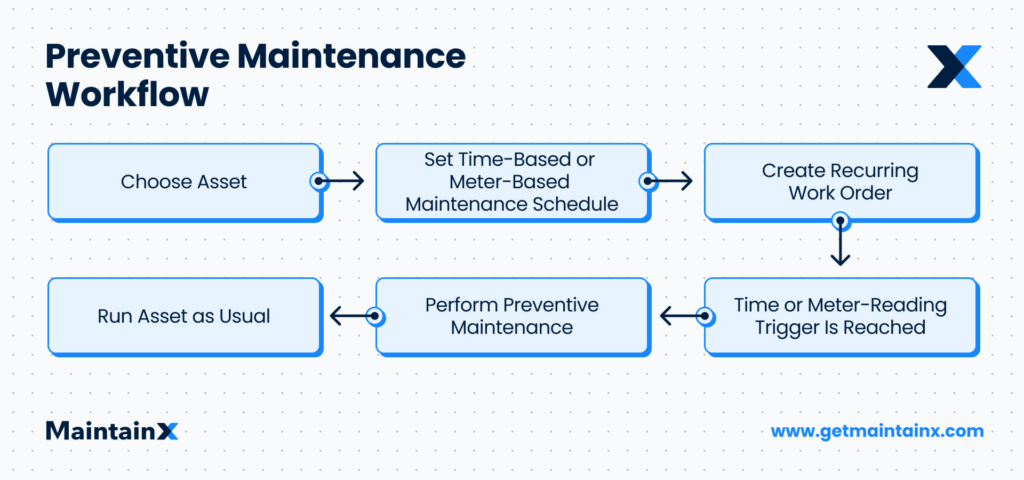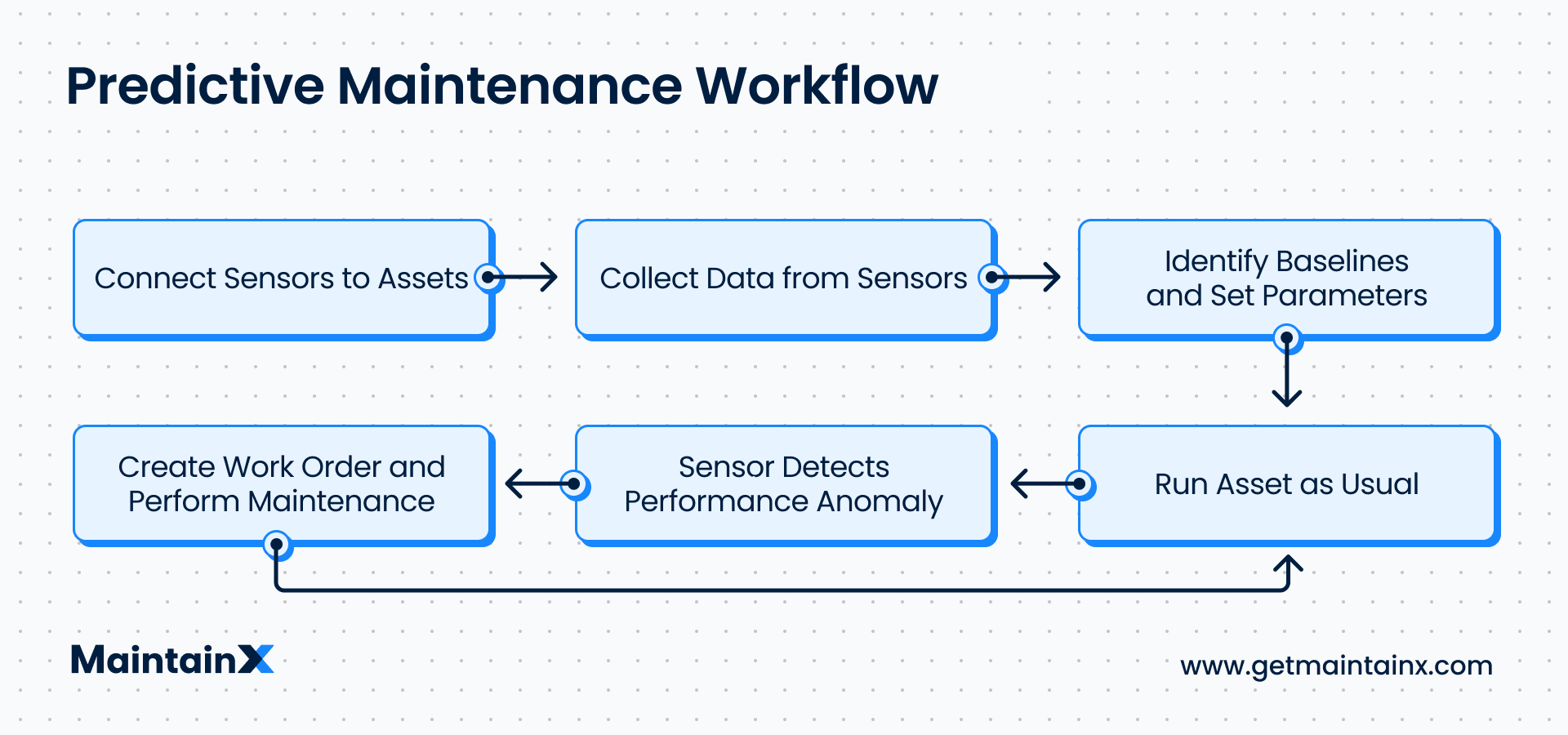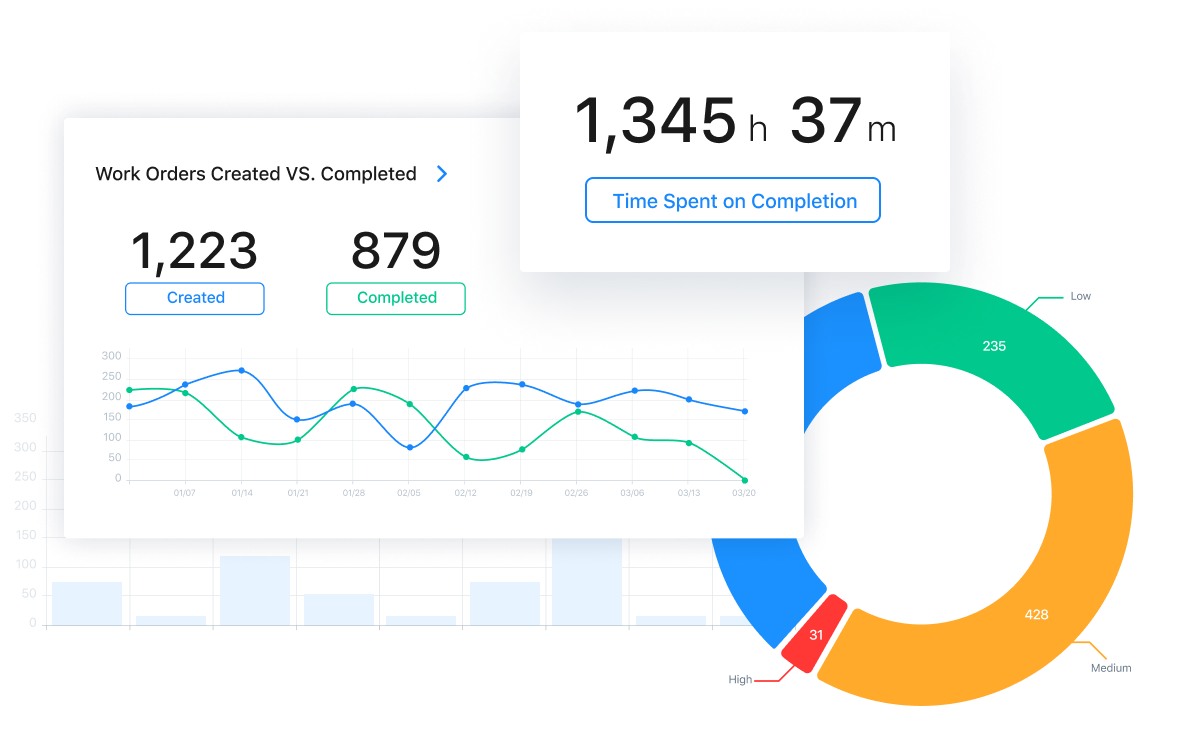
Of the many concepts that you’ll come across when trying to optimize your maintenance operations, “efficiency” and “effectiveness” are likely two of the most popular.
The terms are often used interchangeably. But while they are both useful maintenance goals to strive for, they have different meanings and are not the same thing.
After all, if the idea is to be good at both, then what difference does it really make? However, understanding how they differ is crucial to figuring out how to improve on each one. So let’s take a look at what they mean.
“Effectiveness is the foundation of success—efficiency is a minimum condition for survival after success has been achieved. Efficiency is concerned with doing things right. Effectiveness is doing the right things.”
Peter Drucker
Maintenance efficiency is related to productivity. It measures how successful teams are at executing particular tasks. Regarding organizational KPIs, it measures the degree to which a task can be completed within the optimal amount of time, effort, money, and other resources.
On the other hand, maintenance effectiveness is more about achieving an intended result. It measures how successful processes or tasks are at getting a team or an organization closer to the desired result.
Let’s Consider an Example
A maintenance team follows a routine preventive maintenance schedule. It carries out tune-ups and checks on all assets every week. In a month, the team prevents breakdowns, and the total planned downtime is 10 hours.

Another maintenance team follows a predictive maintenance plan. Instead of checking or servicing all assets, it employs predictive methods to check assets on a case-by-case basis. As a result, the team also prevents any breakdowns. Also, because it didn’t spend time checking all the assets, it spent less time overall, and its total planned downtime was only 4 hours.

The first team is more efficient, doing exactly what they planned to do successfully. The second team is more effective, reducing downtime and getting closer to the ultimate goal. Of course, this doesn’t mean predictive maintenance is always better than preventive maintenance. Ultimately, it depends on the nature and goals of your business.
The point is, while sticking to set routines can be useful, you always want to be sure what you’re doing aligns with your goals. As Peter Drucker, who is often called “The Father of Modern Management,” puts it, “efficiency is doing things right; effectiveness is doing the right things.”
Efficiency vs. Effectiveness: The Good and the Bad
Let’s look at some other general qualities of both.
Effectiveness means focusing on the most necessary and impactful jobs. This doesn’t mean completing maintenance work by any means necessary or cutting corners. It just means keeping an eye on the big picture and iterating as necessary.
An effective maintenance team doesn’t break the rules. Instead, it understands that rules and priorities must be adjusted and adapted to achieve the desired effect. Being flexible and thinking on your feet are good qualities of an effective team.
The downside of this, however, is that standardization and automation are held in less regard, which can be tricky to manage when looking to streamline processes.
An efficient maintenance team, meanwhile, leans on standardization and automation. It follows a set process to get maximum output with fewer resources in the least amount of time. In addition, efficient teams prioritize workflow and the tasks in front of them.
The downside is that teams can spend a lot of time focusing on the wrong thing. You always want your teams to do everything to a high standard of rigor. And the last thing you want is for your team to direct energy and limited resources toward activities that don’t advance company goals.

Get Good at Being Efficient and Effective
As you’ve probably figured out, the goal of a successful team isn’t to become efficient over becoming effective or vice versa. Instead, successful teams will often hit a sweet spot, being high on both efficiency and effectiveness metrics.
Ways to increase both your efficiency and effectiveness include:
Getting Everyone on the Same Page
As efficiency is all about being thorough with processes, start here. First, make sure that the details of all your methodologies and processes (standard operating procedures, for example) are readily available for your teams.
Whether it’s keeping your maintenance schedule on hand or listing out the specific steps involved in your maintenance program, you want everyone on the same page.
Similarly, effectiveness is all about your success in achieving business goals. As such, you want to ensure your team knows exactly what these goals are. This can be anything from your vision and mission to specific financial goals to maintenance KPIs.
Facilitating Collaboration
Collaboration is vital for efficiency. Having a team that works together in clearly defined roles is key to the rigor and thoroughness at the core of efficiency. As a result, work gets done faster, and resources are maximized.
A collaborative team is more likely to be effective, and vice versa. In addition, encouraging collaboration makes teams more likely to know what is working and what isn’t.
Technology, like Computerized Maintenance Management Software (CMMS), is a game changer here. MaintainX has built-in instant messaging functionality that allows teams and technicians to share ideas and feedback about their processes in real time.
Using Data
Analyzing data long-term helps you see what works and what doesn’t. In terms of efficiency, real-time data can help you identify what to prioritize. Data can also help you become more effective by tracking how your processes advance your goals. Again, a good CMMS is of great use here, giving you powerful tools to track and analyze your data over time.
Get More Efficient and Effective with MaintainX
MaintainX is a user-friendly CMMS solution available on the web and as a mobile application. You can easily create work orders, assign tasks, and streamline your operations from the palm of your hand. Using MaintainX will help you and your team:
- Access real-time data about operations
- Generate reports to analyze trends
- Communicate instantly with staff and collaborate across teams
- Create and update work orders
- Standardize your processes
FAQs

Lekan Olanrewaju is a content writer with years of experience in media and content creation. He has held positions at various media organizations, working with and leading teams at print magazines, digital publications, and television productions.








.jpeg)
.jpg)
.jpeg)

.jpeg)






.jpeg)
